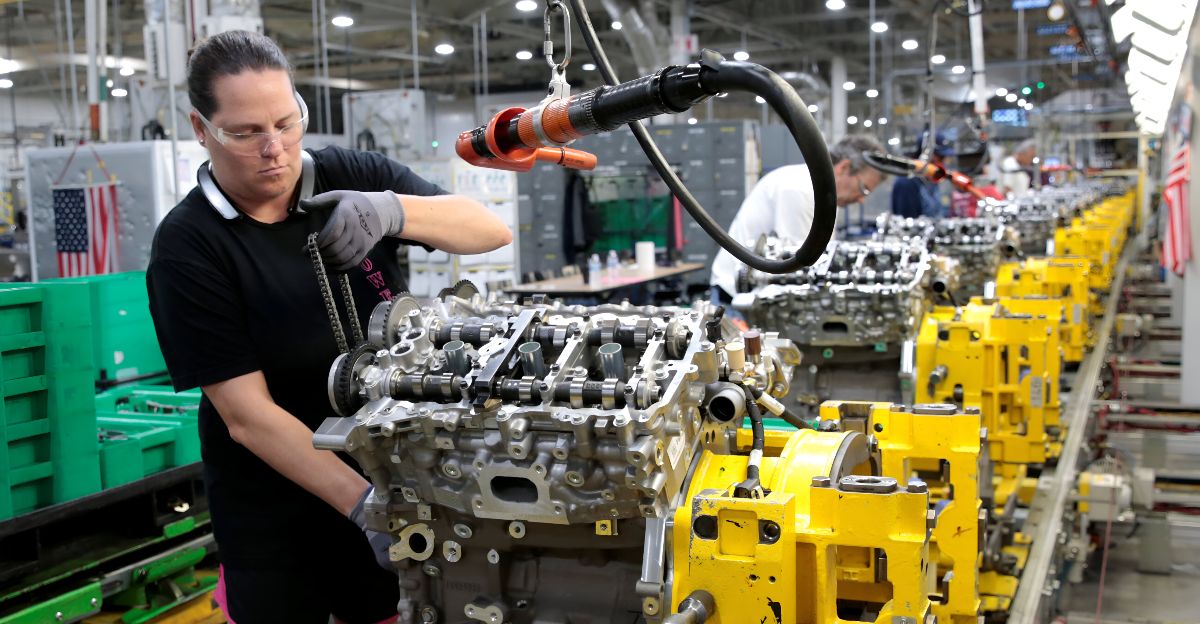
In an electric-mad world, General Motors’ $888 million investment in its Tonawanda Propulsion plant to make a new-generation V8 engine is nonsense. But it’s a strategic acknowledgment that internal combustion engines (ICE) aren’t going away, driving America’s best-selling trucks and SUVs.
GM’s future V8, arriving in 2027, promises greater performance, improved fuel efficiency, and lower emissions thanks to next-generation combustion technology. It is not nostalgia but an investment gamble on balancing innovation with market dynamics, job preservation, and factory heft in the industry’s uncertain landscape.
How GM’s Investment Revitalizes New York
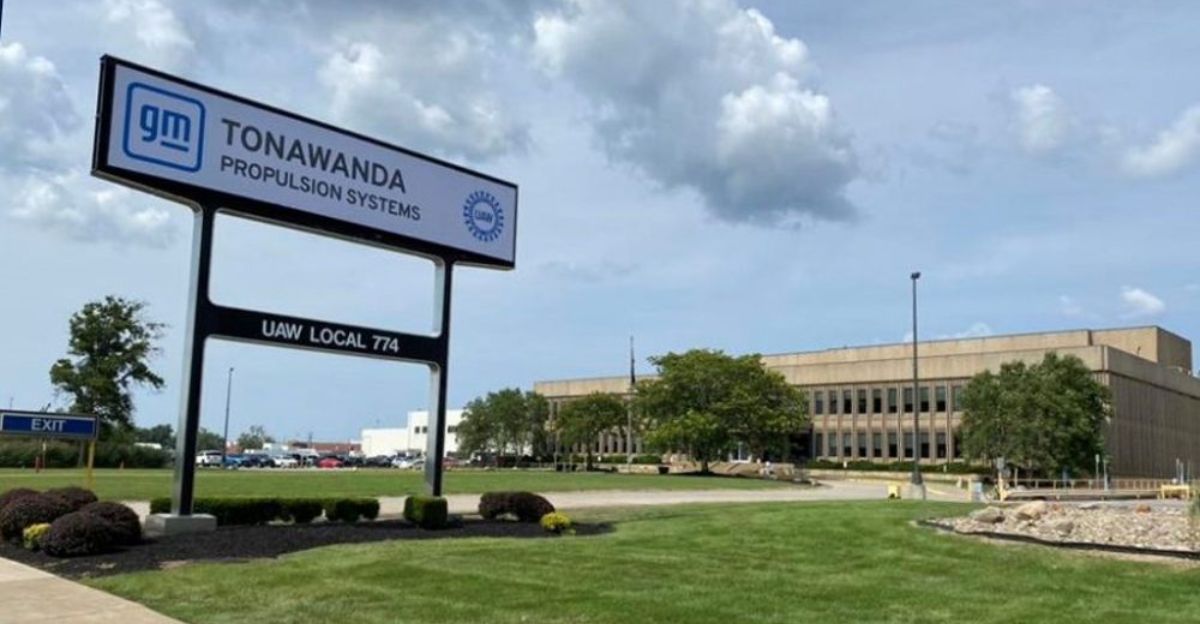
GM’s $888 million investment at the Tonawanda plant will save about 870 jobs, many of which were at risk. The ripple effect radiates from the factory floor, lifting local suppliers, businesses, and communities that rely on making things.
The state’s $17 million investment in tax credits in New York underscores the public-private partnership driving regional economic success.
The investment ranks among GM’s largest ever in an engine plant, reflecting confidence in American manufacturing during global supply chain uncertainty and economic change.
The Dual-Track Strategy
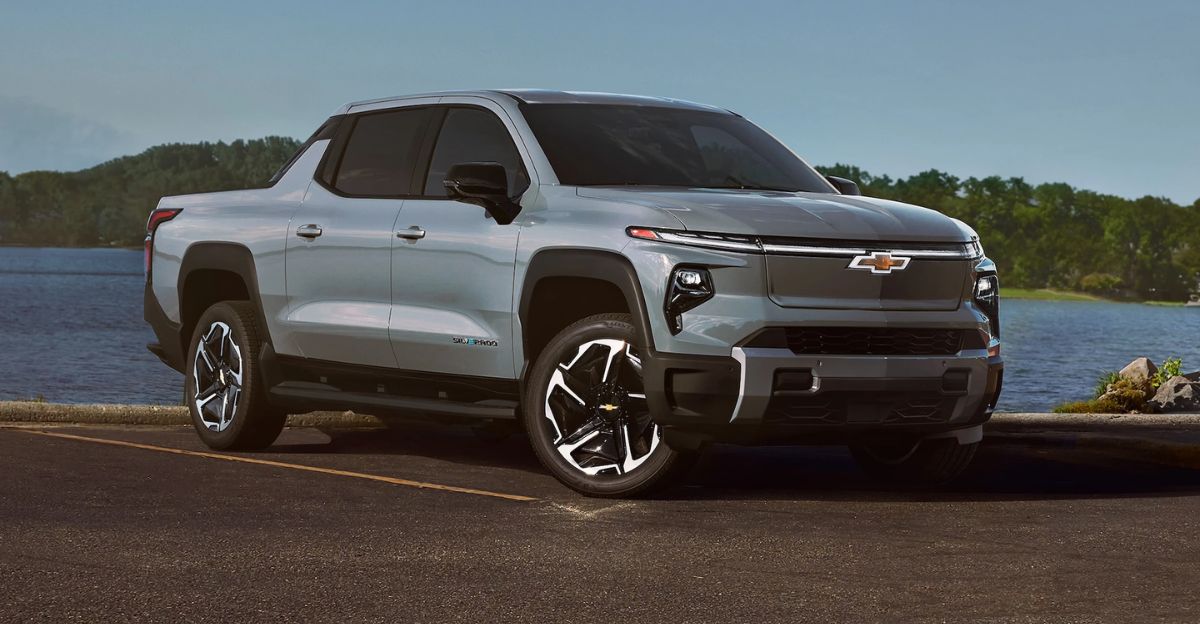
GM’s V8 commitment comes in lockstep with its ambitious launch of EVs, including the Chevrolet Silverado EV and Cadillac Escalade IQ. Trading in the stock market is a good opportunity to do so.
The $888 million GM is investing in the Tonawanda plant will retain roughly 870 jobs, many of which were in jeopardy. The ripple effect emanates outward from the factory floor, benefiting local suppliers, businesses, and communities that depend on making things.
The state’s investment of approximately $17 million in tax credits in New York highlights the public-private partnership fueling regional economic growth.
The Technical Leap Of The Sixth-Generation V8 In Traditional Innovation
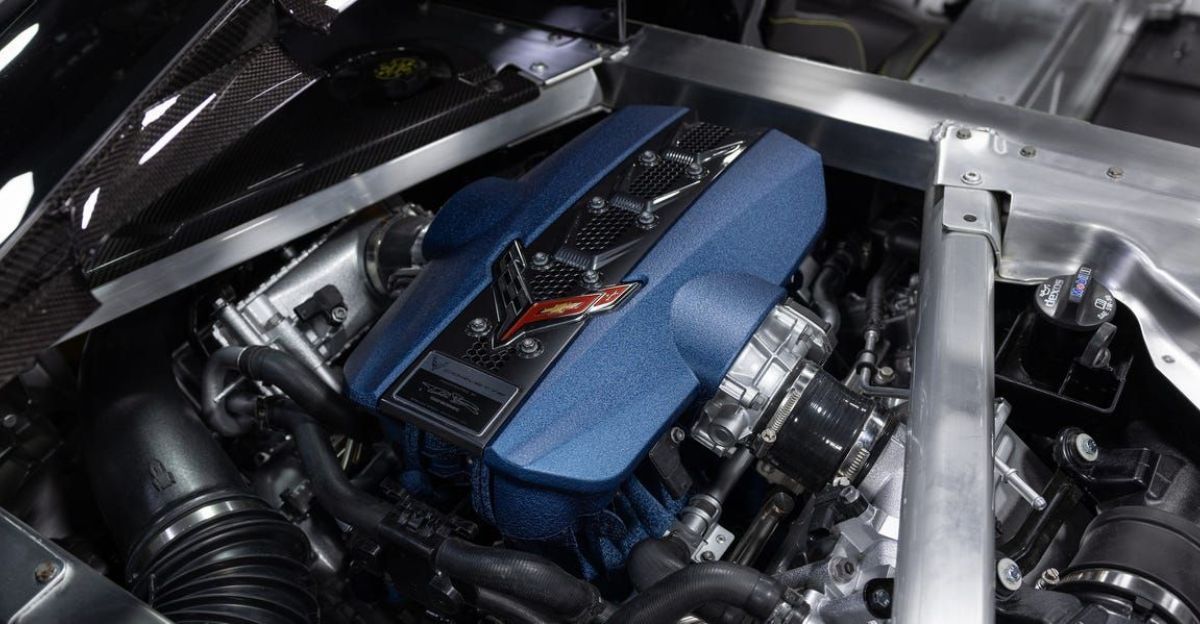
The upcoming sixth-generation V8 is a technological marvel that promises to provide more powerful performance, up to 1% more fuel efficiency, and lower emissions.
GM uses new thermal and combustion technologies to satisfy ever-tougher environmental regulations without compromising power.
This engine is the ideal example of how technologies of the past can keep innovating by combining engineering flair and sustainability imperatives in a manner not always featured in the EV-centric debate.
GM’s Investment And The Political Chess Of Regulatory Backlash
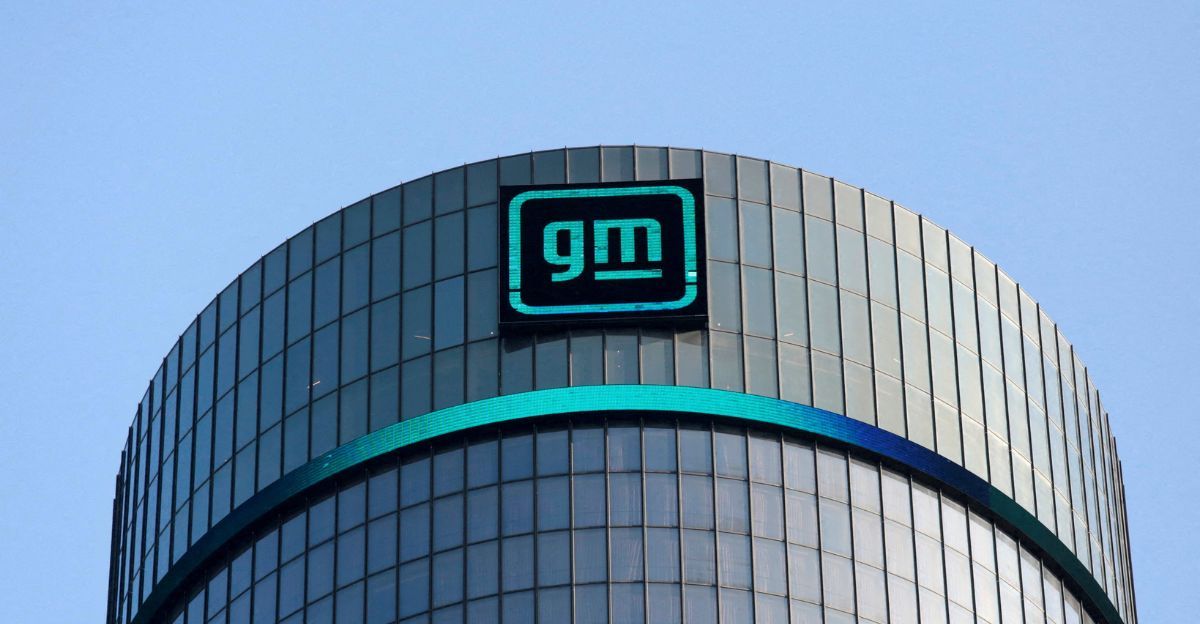
GM’s transition to invest heavily in V8 production coincides with its lobbying to stop California’s aggressive EV mandates. It successfully lobbied Congress to overturn the California 2035 phaseout of internal combustion vehicles, so it has a period of grace.
The company’s investment is a strategic play in an advanced regulation game, showing how corporate strategy and politics become entangled. GM is not only responding to market demands but establishing its own rules, which in turn will chart the future course for the industry.”
The Psychological Impact Of Jobs, Identity, And Community Stability
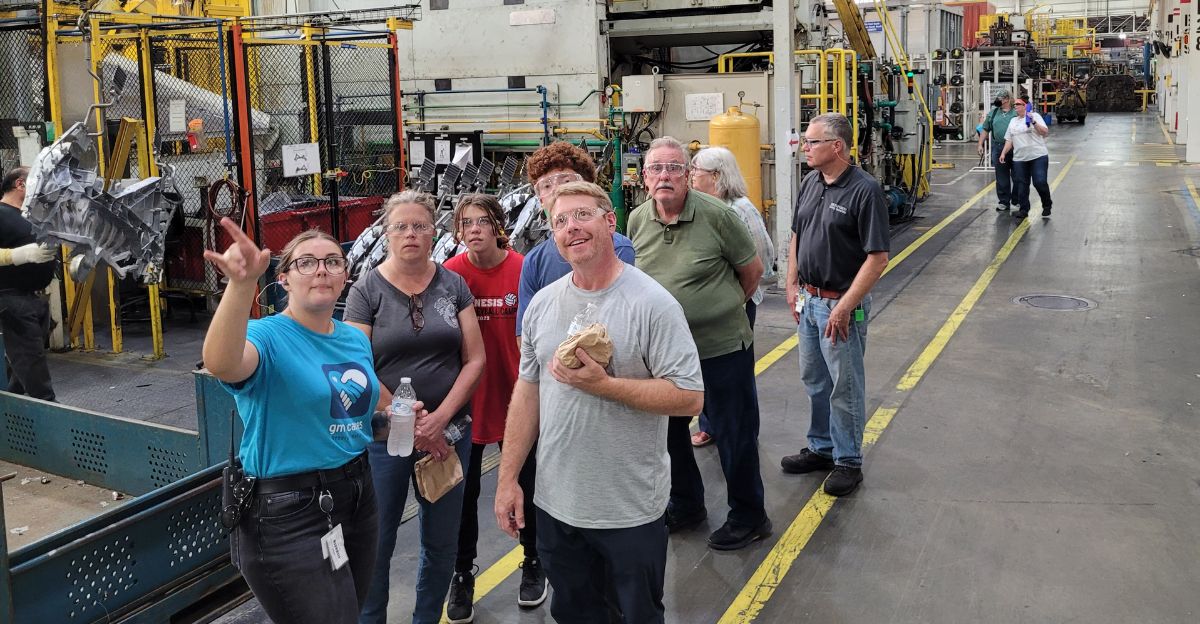
These manufacturing jobs are more than just paychecks; their roots are in identity and community pride. General Motors’ investment saves hundreds of Buffalo jobs in a city where decades of industrial erosion have taken their toll.
Its promise brings new hope to workers and their loved ones, reversing the damage caused by the plant’s closure. It shows how choices made by big companies affect society in profound, often hidden ways, influencing people’s well-being, local money matters, and an area’s ability to bounce back.
The Unexpected Synergies
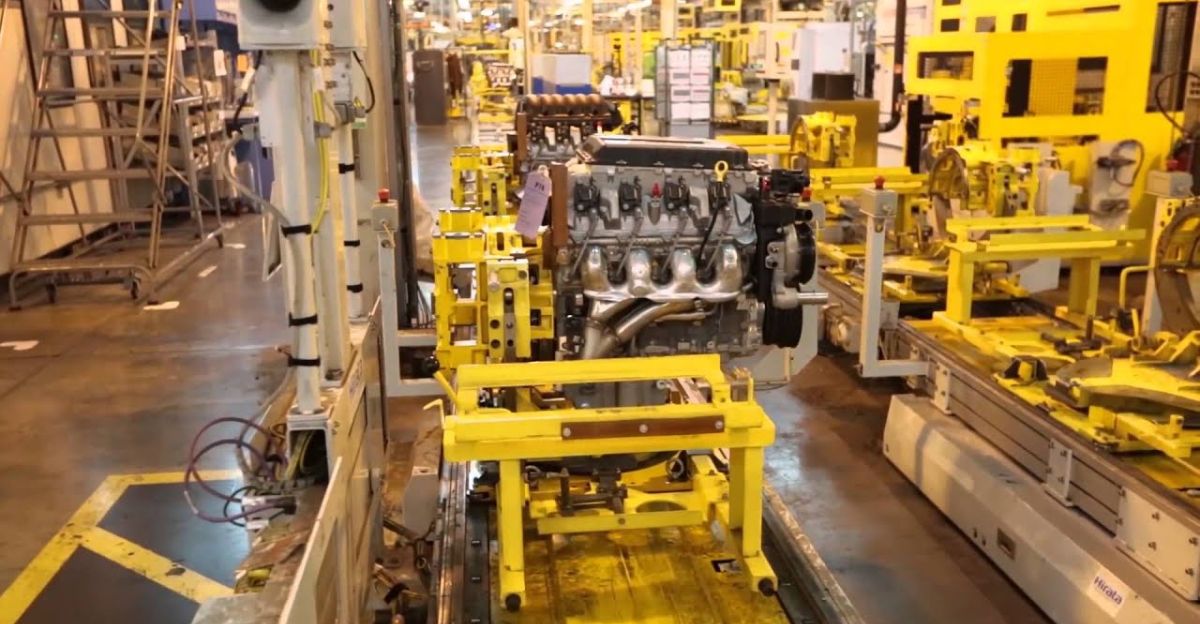
The Tonawanda factory’s makeover includes fresh tools and machines, and a big push to retrain workers.The skills enhancement extends beyond auto production, positioning workers for jobs in aerospace, robotics, and AI-driven production lines.
GM’s investment creates a knowledge ecosystem that could seed innovation clusters beyond the traditional auto sectors, rendering a truck engine plant a crucible for advanced manufacturing know-how.
Why Investing In V8s Is A Smart Move, Not A Stubborn Choice
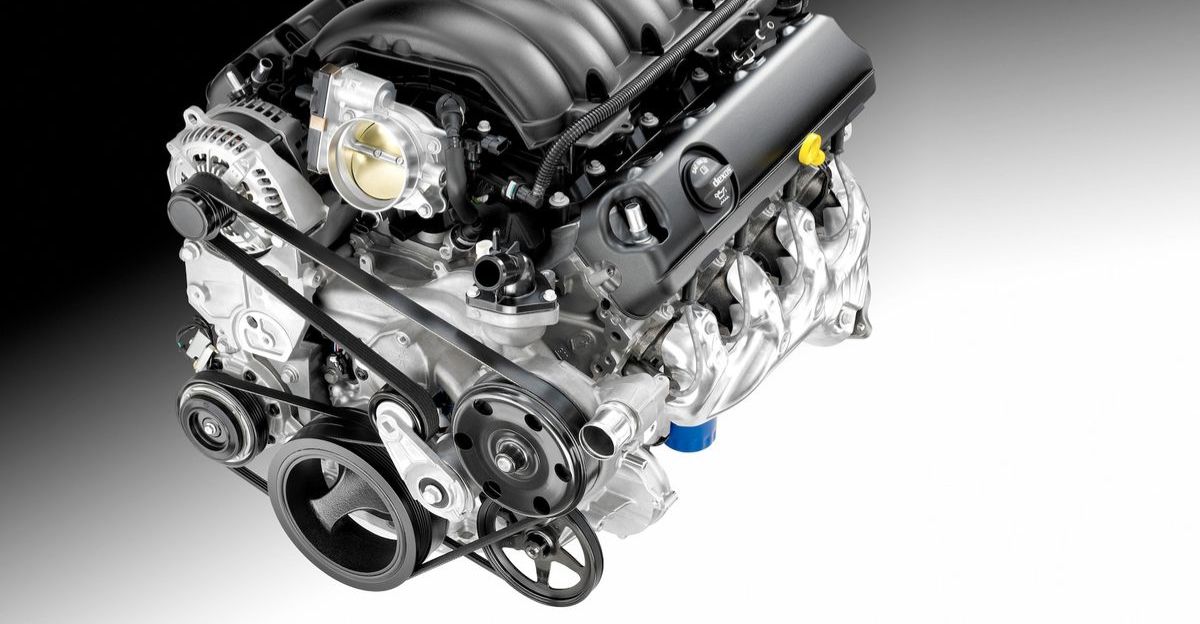
While others dismiss V8s as environmental dinosaurs, the decision made by GM is a sobering business fact. Trucks and SUVs with V8 engines continue to be the company’s primary source of revenue, helping to finance the expensive development of EVs.
Financial instability is a risk of prematurely giving up on this cash cow. Instead of chasing unproven technologies at the expense of present fortunes, GM demonstrates a disciplined patience, developing today’s success to guarantee a future.
Lessons Emerging From Previous Industrial Shifts
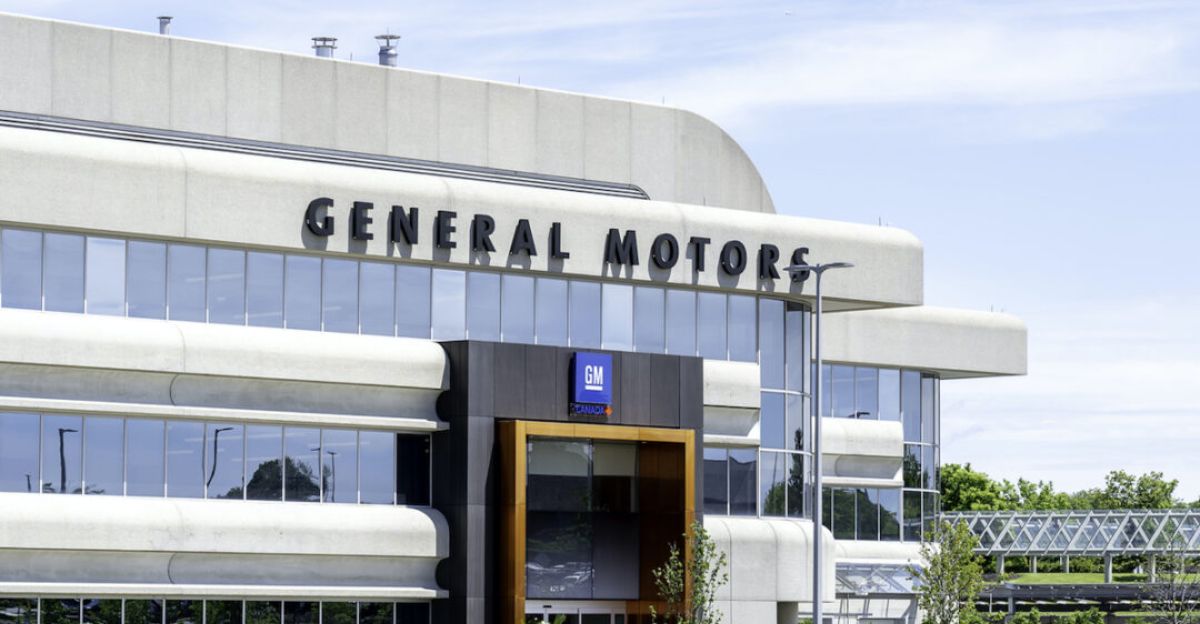
History teaches us that industrial revolutions come in waves, not as overnight shocks. GM’s bet mirrors past shifts in which old technologies and new paradigms coexisted for decades.
The internal combustion engine had its equivalent in the history of electricity supplanting the steam engine; each demands a hybrid era.
This complex evolution mitigates untenable expectations and emphasizes the importance of opportunism in the face of technological revolution.
GM Investment Serves As Blueprint For Auto Industry Strength
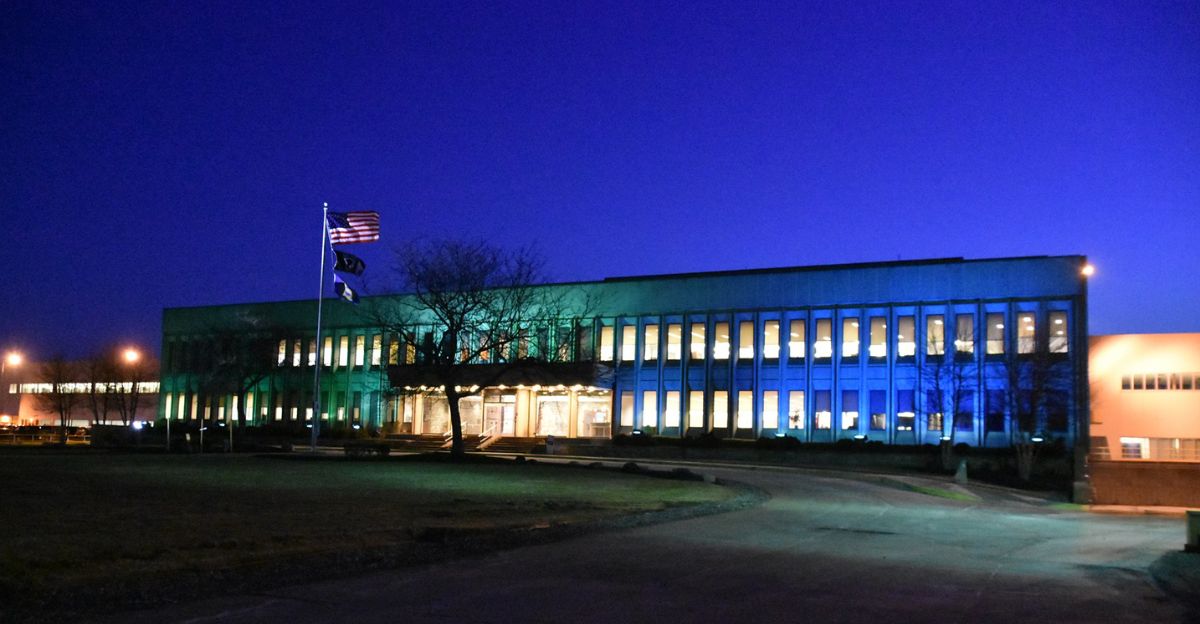
The GM investment in Tonawanda, a combination of innovation and pragmatism, protecting jobs by upgrading with the newest technologies, using new tools to navigate market and political turmoil, offers a formula for industrial survival.
It challenges the EV-or-ICE dichotomy by showing that sustainable advancement relies on coexistence and adaptive dexterity.
The move secures American manufacturing’s future and plants the seed of adaptive possibility for tomorrow’s industrial leadership in a world growing more fluid by the day.
Discover more trending stories and Follow us to keep inspiration flowing to your feed!

Craving more home and lifestyle inspiration? Hit Follow to keep the creativity flowing, and let us know your thoughts in the comments below!
